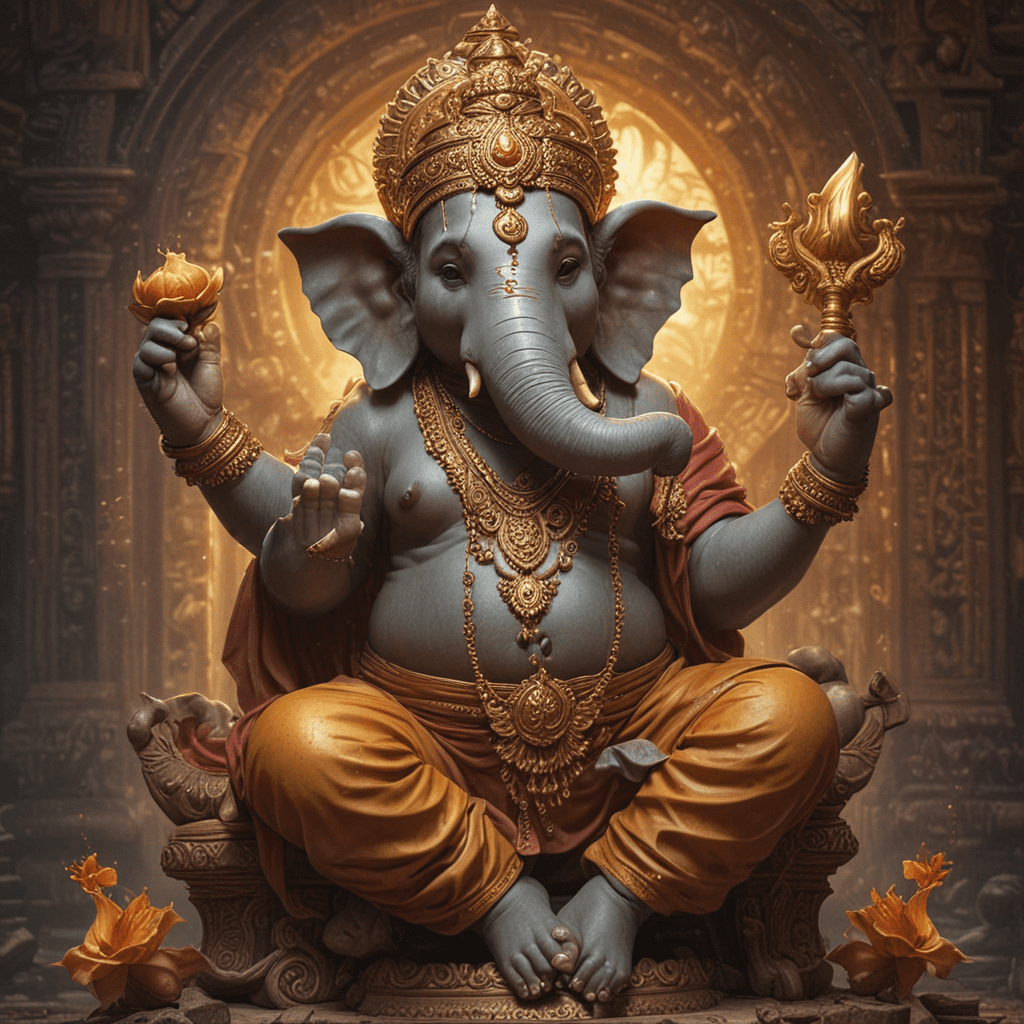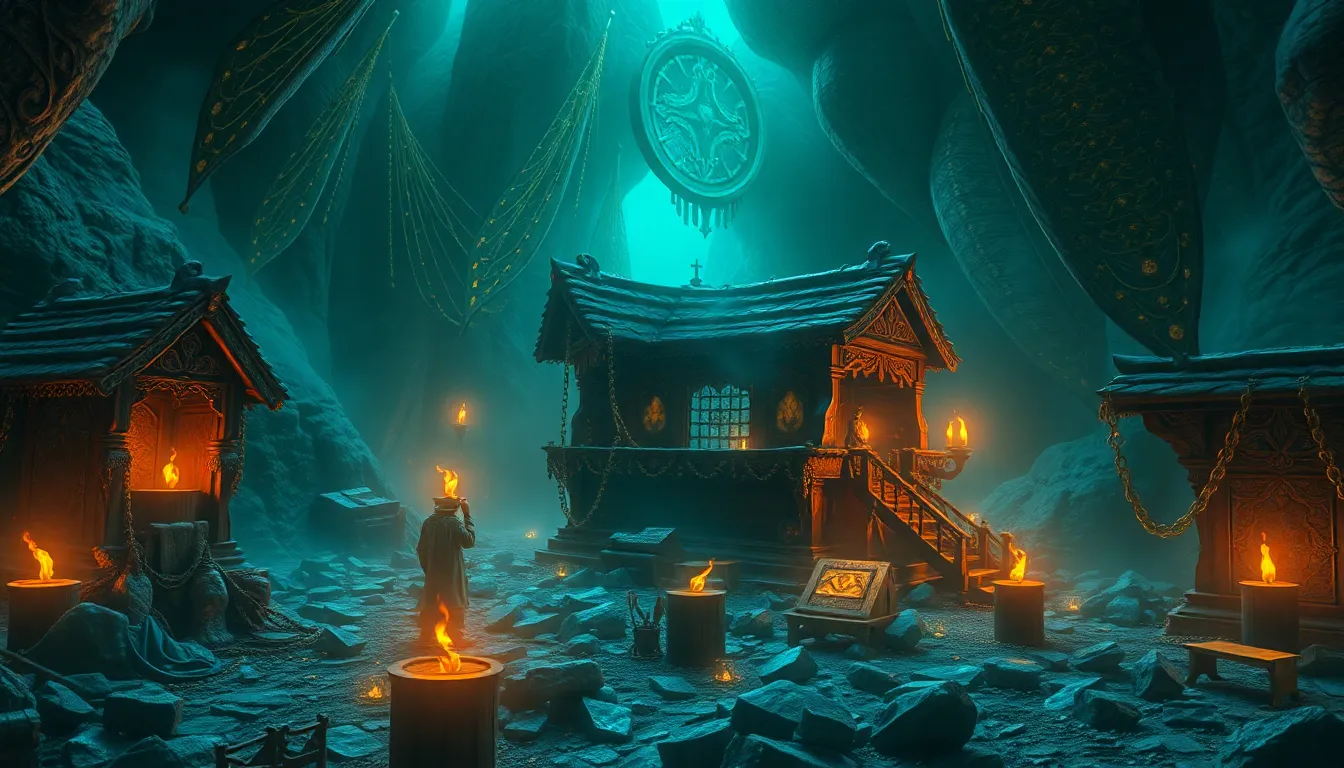The Mythology of the Navajo Nation
The Navajo Nation, with its rich cultural heritage, has a complex and fascinating mythology that has been passed down through generations. Their myths and legends provide insights into the Navajo worldview, their beliefs and values, and their connection to the land and nature. Navajo mythology is a vibrant and living tradition that continues to shape the identity and culture of the Navajo people.
1. Origin and Creation Myths
The Navajo creation story, known as the Emergence Story, narrates the journey of the Navajo people from a previous world to the present one. According to this myth, the Navajo emerged from a dark and watery underworld through a series of ascending worlds to the surface of the Earth. During their journey, they encountered various challenges and obstacles, including monsters and supernatural beings.
2. The Emergence Story
The Emergence Story is a foundational myth for the Navajo people, providing a narrative of their origins and explaining their connection to the land. The story highlights the importance of harmony and balance in the universe, emphasizing the relationship between the Navajo and their environment. The emergence is a symbolic representation of the Navajo people's journey from darkness to light and their triumph over challenges.
3. The Holy People and the Changing Woman
The Holy People, known as the Diyin Dine'é, play a central role in Navajo mythology. These supernatural beings, including the Sun, Moon, and Earth, are believed to have emerged along with the Navajo people and are responsible for shaping the world and creating the natural order. The Changing Woman, Asdzáá Nádleehé, is a significant figure in Navajo mythology, representing fertility, transformation, and the cycles of life.
4. The Earth Surface People
The Earth Surface People, or Diné Bahane', refer to the Navajo people themselves. According to their mythology, the Navajo are the chosen people who were entrusted with the care of the Earth and its resources. They are believed to possess a deep connection to the land and have a responsibility to maintain its balance and harmony. The Navajo way of life, including their ceremonies and rituals, is centered around this belief.
5. The Twin War Gods
The Twin War Gods, Nádleeh and Tó Baazhni'ázhi, are prominent figures in Navajo mythology. They are known for their bravery and strength, often depicted as warriors who protect the Navajo people from danger. The Twin War Gods represent the duality of nature and the balance between opposing forces within the universe. Their stories symbolize the importance of resilience, courage, and the ability to overcome adversity.
6. Monsters and Supernatural Beings
Navajo mythology features a vast array of monsters and supernatural beings, each with its unique characteristics and symbolic significance. These creatures include skinwalkers, witches, and giants, often representing the dangers and challenges faced by the Navajo people. The stories surrounding these beings reinforce the importance of respecting nature and adhering to cultural norms.
7. The Skinwalker Legend
The skinwalker legend is a prominent aspect of Navajo mythology. Skinwalkers are believed to be individuals who can transform themselves into animals, typically coyotes or wolves. These shapeshifters possess supernatural powers and are often associated with witchcraft and malevolence. The skinwalker myth serves as a cautionary tale about the consequences of breaking taboos and engaging in harmful practices.
8. The Navajo Code Talkers and World War II
During World War II, the Navajo Nation played a crucial role in American military efforts. Navajo code talkers, fluent in their native language, developed an unbreakable code based on Navajo words and phrases. Their contributions significantly aided in Allied victories, demonstrating the ingenuity and resilience of the Navajo people.
9. Contemporary Mythology and Legacy
Navajo mythology continues to evolve and adapt in contemporary times. While traditional stories and beliefs remain central, new narratives are emerging that reflect modern experiences and challenges. The reinterpretation and revitalization of Navajo mythology serve as a testament to its enduring significance and its role in shaping the identity of the Navajo Nation.
10. Impact on Navajo Identity and Culture
Navajo mythology profoundly impacts Navajo identity and culture. It shapes their worldview, provides a framework for understanding their place in the universe, and guides their ethical and spiritual practices. Through stories, rituals, and ceremonies, Navajo mythology connects the past to the present, fostering a sense of community and continuity within the Navajo Nation.
Frequently Asked Questions
What is the significance of the Emergence Story in Navajo mythology?
The Emergence Story is the foundation of Navajo creation and origin beliefs, narrating the journey of the Navajo people from darkness to light and their emergence into the present world.
Who are the Holy People in Navajo mythology?
The Holy People, known as the Diyin Dine'é, are supernatural beings who played a crucial role in shaping the world and creating the natural order. They include the Sun, Moon, Earth, and other significant entities.
What do the Twin War Gods represent in Navajo mythology?
The Twin War Gods, Nádleeh and Tó Baazhni'ázhi, represent the duality of nature and the balance between opposing forces within the universe. They symbolize courage, resilience, and the ability to overcome adversity.
How has Navajo mythology influenced modern-day Navajo culture?
Navajo mythology continues to shape Navajo identity, cultural practices, and ethical beliefs. It provides a framework for understanding their place in the world and guides their daily lives, rituals, and ceremonies.



